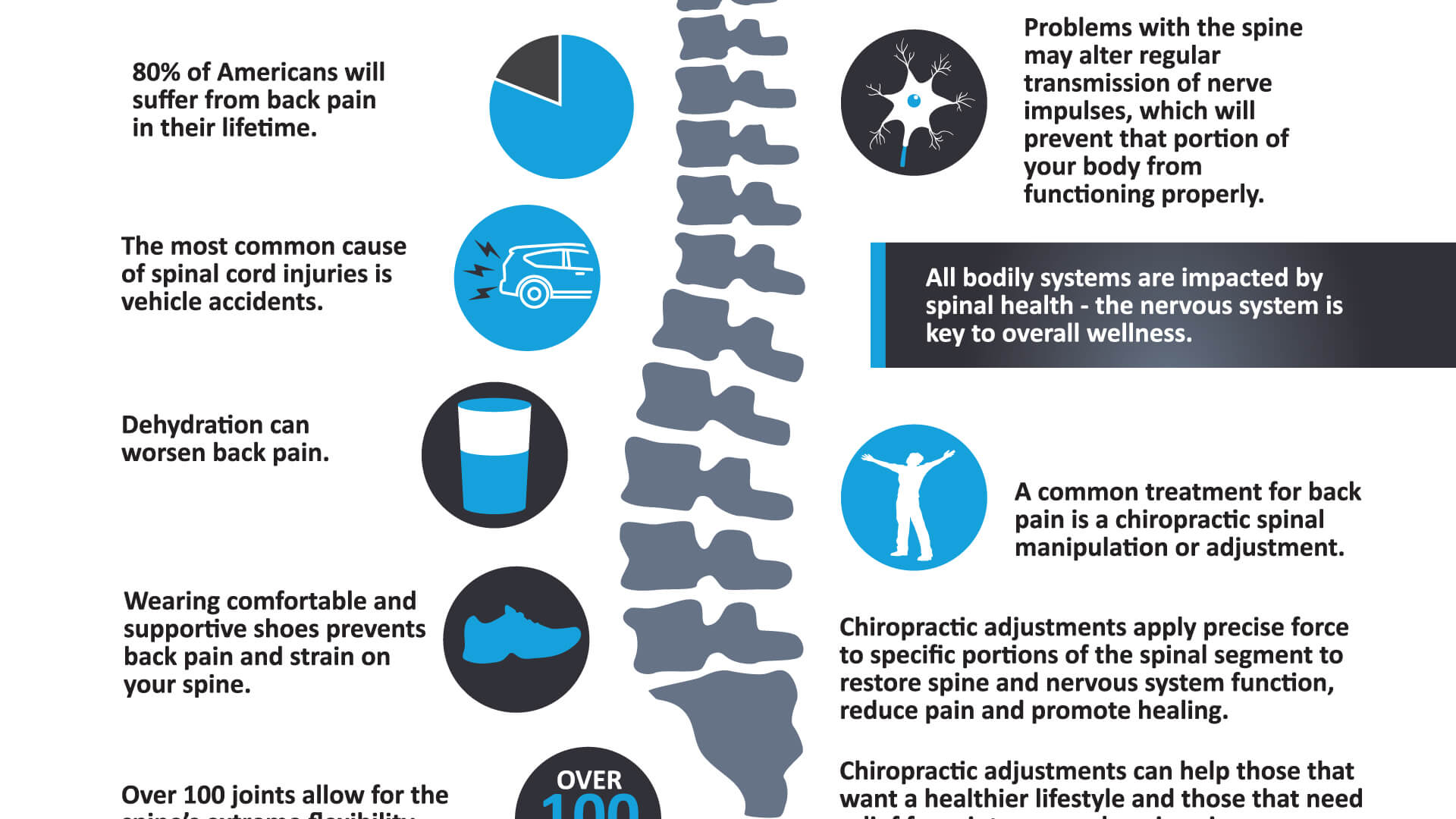Comprehending The Distinctions In Between Cold Laser Treatment And Traditional Therapies
Comprehending The Distinctions In Between Cold Laser Treatment And Traditional Therapies
Blog Article
Authored By-Mccormick Bradford
When considering your therapy alternatives, it's crucial to comprehend the distinctions in between cold laser therapy and typical techniques. Cold laser treatment employs certain light wavelengths to boost healing without discomfort, while standard treatments commonly entail medications or invasive treatments. Each method has its benefits and drawbacks, which can substantially affect your healing. So, what aspects should you evaluate to determine which method could be best for you?
Mechanisms of Action: Just How Cold Laser Therapy Works Contrasted to Standard Therapies
While conventional treatments commonly count on pharmaceuticals or invasive treatments to relieve pain and advertise healing, cold laser therapy utilizes a non-invasive method that directly targets broken tissue.
This treatment uses particular wavelengths of light to penetrate the skin, promoting mobile activity in influenced locations. You'll find that the light power promotes ATP manufacturing, boosting mobile metabolic process and facilitating cells repair work.
Unlike conventional techniques, cold laser therapy does not create heat or trigger discomfort, making it an extra tolerable choice. By enhancing blood circulation and lowering inflammation, it encourages faster recovery without side effects related to medicines.
As you explore your options, recognizing how these mechanisms work can aid you make notified choices regarding pain monitoring and healing methods.
Advantages and Effectiveness: Reviewing Results of Cold Laser Therapy Versus Conventional Approaches
As you contrast cold laser therapy to traditional therapies, you'll discover that the advantages and effectiveness of this ingenious technique can be quite engaging.
Cold laser treatment frequently results in quicker pain alleviation and lowered swelling without the adverse effects typically connected with drugs or invasive procedures. Patients frequently report improved movement and faster recuperation times, making it an attractive alternative for different problems, consisting of bone and joint injuries and chronic discomfort.
Additionally, https://www.healthline.com/health/ask-the-expert-how-can-physical-therapy-help-spasticity -invasive nature implies fewer risks of problems, permitting you to resume day-to-day activities earlier. Numerous researches sustain its efficiency, demonstrating considerable improvements hurting management and healing prices.
Prospective Disadvantages: Threats and Limitations of Cold Laser Therapy and Typical Treatments
Despite the appealing advantages of cold laser treatment, it is essential to consider potential downsides and restrictions connected with both this treatment and typical approaches.
Cold laser therapy might not work for everybody, and its results can differ based on specific conditions. Some patients might experience mild adverse effects, such as momentary pain or skin inflammation.
On the other hand, conventional treatments usually include risks like adverse effects from medications or difficulties from invasive procedures. In addition, standard therapies may call for longer recovery times.
It's essential to weigh these factors when selecting a treatment plan. Consulting with a health care expert can assist you establish the very best technique for your specific needs and conditions.
Final thought
Finally, recognizing the distinctions between cold laser therapy and conventional therapies can empower you to make educated medical care selections. Cold laser treatment offers a non-invasive choice with quicker discomfort alleviation and fewer adverse effects, while standard methods may be more acquainted however can involve longer healing times. Weighing the benefits and disadvantages of each method is critical for finding the best service for your specific needs. Depend on straight from the source and look for specialist support to navigate your treatment choices.
